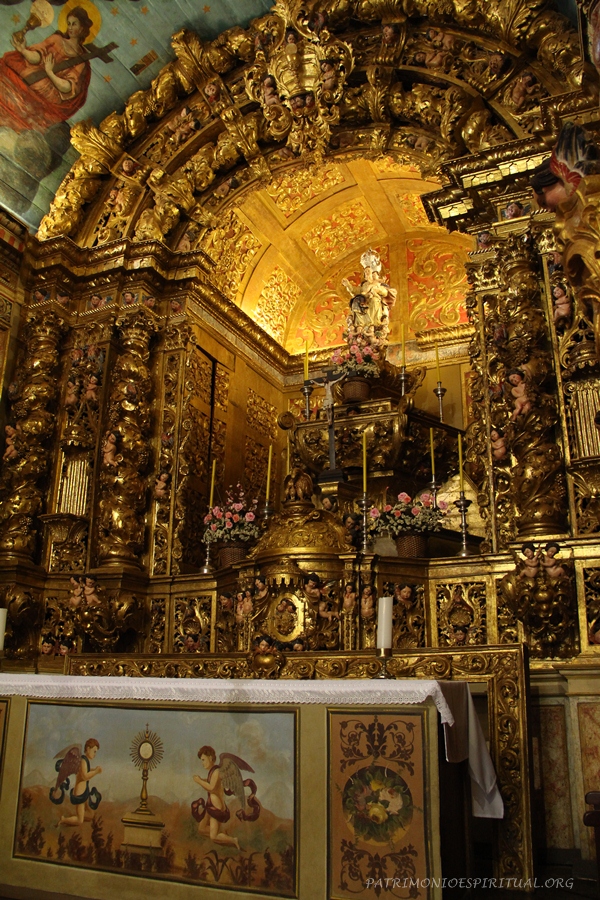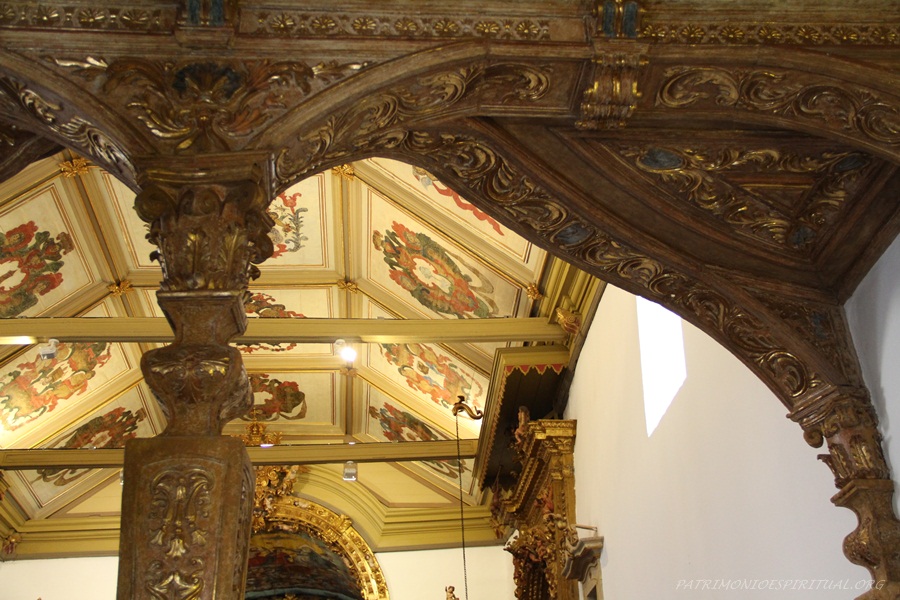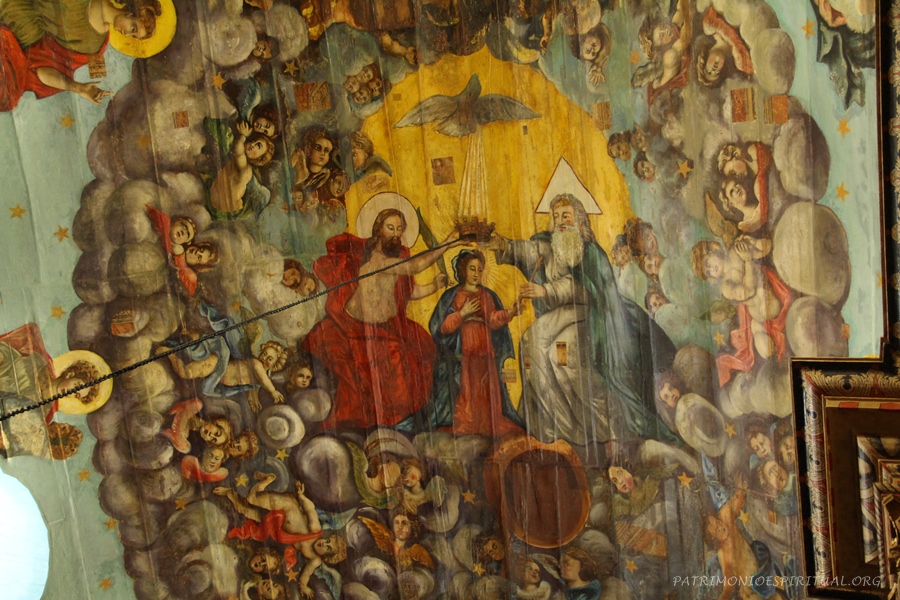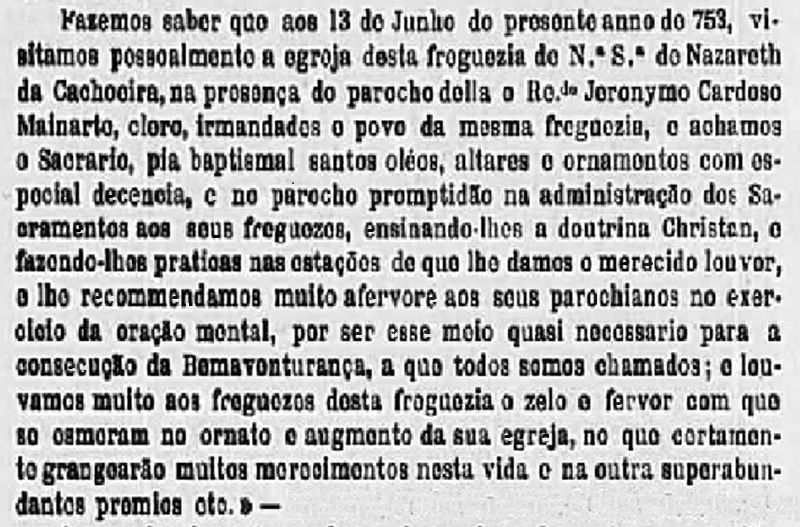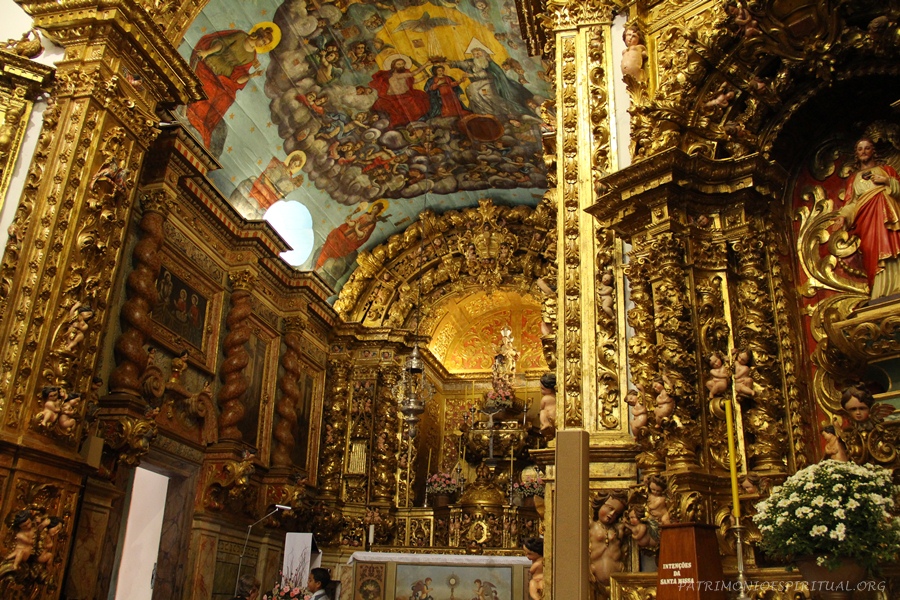18 Mar 2015
Cachoeira do Campo emerged in the late 17th century, when the bandeirantes discovered gold in the region of Vila Rica (now Ouro Preto). It is said that it would have been Fernão Dias Paes who first used the waters of a waterfall located in those surroundings, from which would derive the name of the place. There were no gold mines there, but due to the mild climate and soil favorable to planting, the locality soon became one of the agricultural support points, from where food came to Villa Rica.
By the end of 1724 it was one of the first settlements in Minas Gerais to receive a 'parish', titled "Parochia de Nossa Senhota de Nazareth dos Campos de Minas."
Cachoeira do Campo and the construction of the Main Church
Throughout its history, Cachoeira do Campo would be the scene of important episodes of Minas Gerais history, including conflicts of the Emboabas War, as well as the capture of Felipe dos Santos, the founder of the Villa Rica Revolt. There, in 1773, a palace was also built for the governors of Minas, who preferred to reside there than in Ouro Preto, considered humid and 'agitated'.
But the best witness of the past of this place is its main church, whose construction was documented by the brotherhoods that existed there, especially the one of the Ssmo (Sacramento and Our Lady of the Rosary). In one of these documents, there is mention of a carver named 'Mef' de Mattos, who would have executed most of the altars' works. Although by 1725 the church was practically completed, many other beautification works would still be added over time - for example, the cruise arch, the choir and the ceiling paintings. It is worth remembering that all these works were financed by the members of the brotherhoods themselves, who strove to make the church as beautiful as possible.
The facade of the main church had a reform in the nineteenth century, becoming quite simple and without features worthy of high grades. But on the other hand, its interior has an exuberant beauty: there are five altars in the most refined gilded carving, carved in the variant of the baroque known as 'Portuguese National Style' - this modality is characterized mainly by the altars formed by concentric archivolts. In Minas Gerais this style is usually found on church altars that were built before 1730.
As the main church of Cachoeira do Campo was built over several years, other variations of style were also present, especially in the elegant choir, whose columns, as well as the wavy balustrade, follow the baroque variant called 'Dom João V style' .
Currently, Cachoeira do Campo remains a district of Ouro Preto, and its main church is considered one of the most beautiful of the historical churches of Minas Gerais.


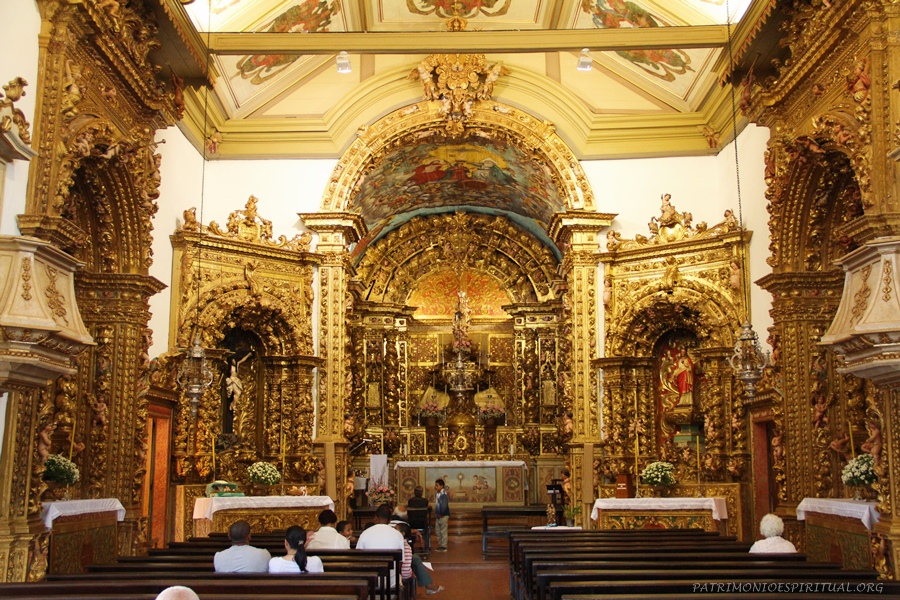
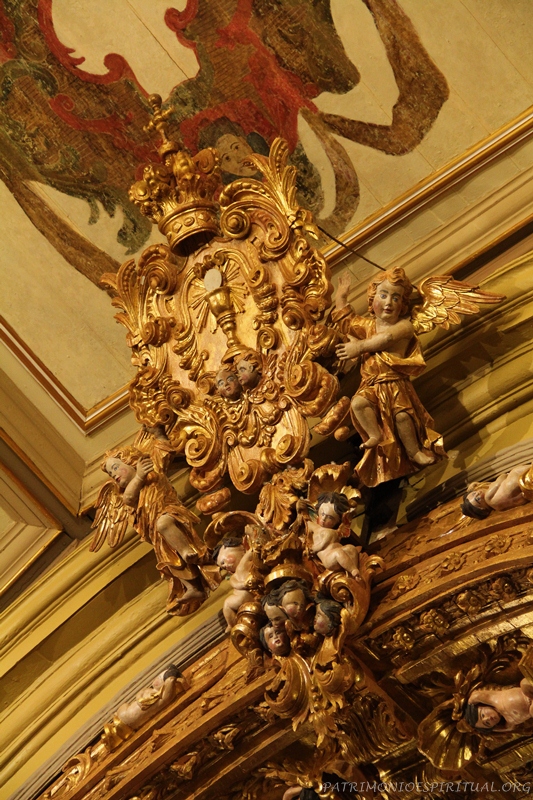
About the patroness
The devotion to Our Lady of Nazareth originated in Portugal, arising around an old image of the Virgin whose authorship was attributed to St. Joseph, the husband of Mary. According to tradition, in the year of 361 this image was taken from Nazareth (Israel) to the Monastery of Caulina in Spain and, as a result of a battle against the Muslims, it was transferred to Portugal, where it was for a long time lost . In the year 1119, she was found and placed in a church, where she began to attract pilgrimages. From there, other churches were built in Portuguese territories in honor of Mary with the title of Our Lady of Nazareth.
In Brazilian lands, there are several churches under this invocation, the most famous are in Salvador, Belém do Pará, Saquarema, and Cachoeira do Campo.
